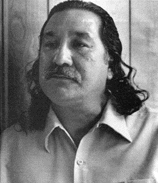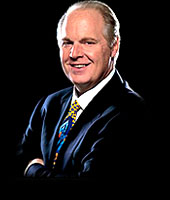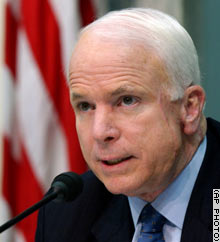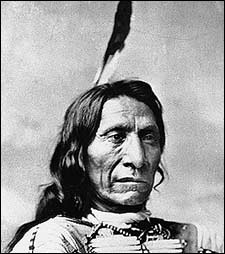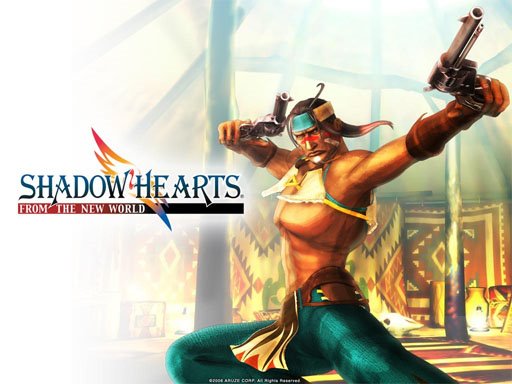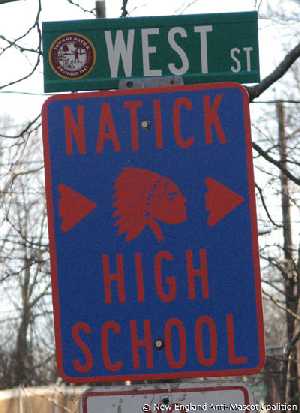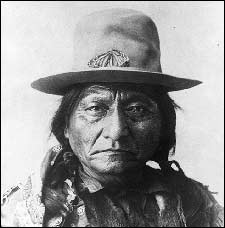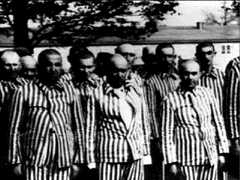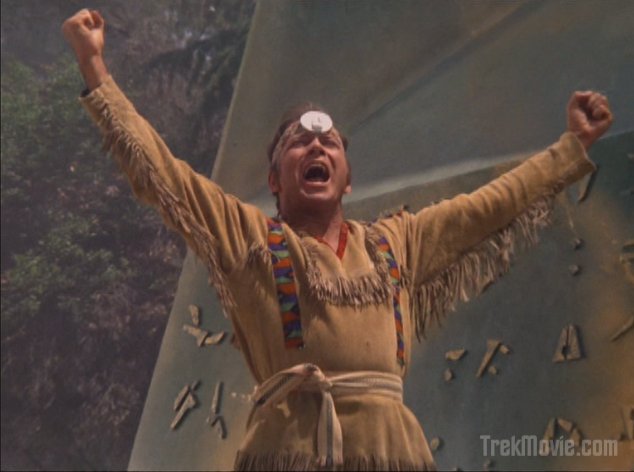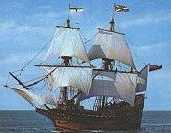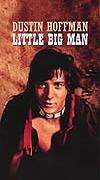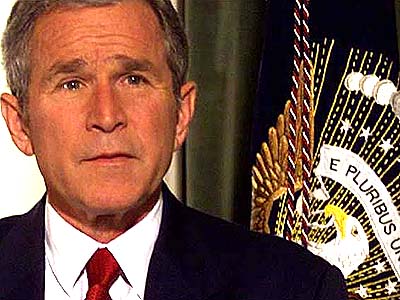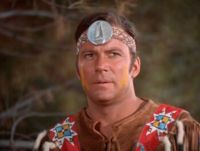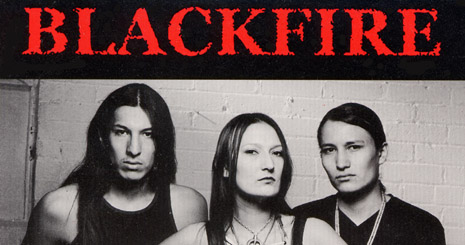What do you get if you search for images of
cowboys and Indians? Mostly pictures of cowboys
or Indians.
But the pictures with cowboys
and Indians are surprisingly revealing. They show us how commonplace stereotypes still are.
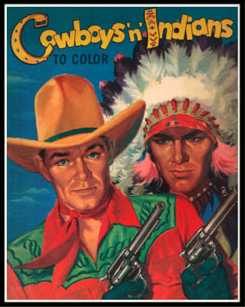
Your classic
Plains chief.

Your classic mock Plains chief with buckskins and
warpaint. This is the only illustration with the Indian in a superior position (an adult vs. a child). But the "Indian" looks so clownish that it negates his stature.

Buckskinned Indian with a feather and a chief, both with weapons.

A half-naked chief on horseback and three half-naked "braves," two of whom are carrying bows and arrows.
As with other scenes of conviviality, this illustration suggests that cowboys and Indians were one big happy family. In other words, that cowboys didn't kill Indians as part of America's
manifest destiny. These happy-go-lucky pictures serve to whitewash the country's
genocidal history.

Female version of buckskinned Indian with a feather. The pose suggests she's a friend or lover to the cowboy. The implication is that cowboys and Indians were partners in the West, with the Indians in the subordinate (female) role.
Compare this to an image of a strong Indian man holding a sexy cowgirl. You won't see anything like this except in a trashy romance novel. Why not? Because it would imply that Indians were dominant, that cowboys subordinated themselves to
their interests, etc. Since John Wayne-style cowboys are our
national heroes, we can't show them in anything but a dominant light.
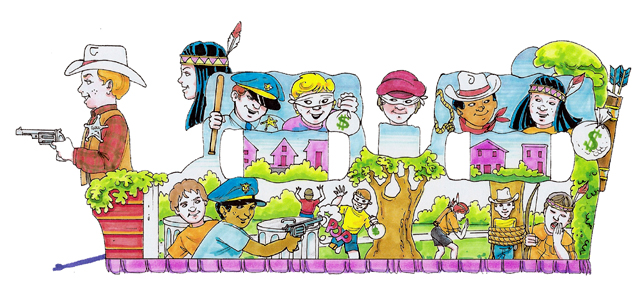
Another buckskinned female with a feather provides a sexual counterpoint to the
penis pistol-packin' cowboy.
Also note the two "braves" in the lower right. Both have headbands with feathers, and both carry bows and arrows. One is doing a "war whoop." They've tied up the cowboy because, well, that's what Indians do.
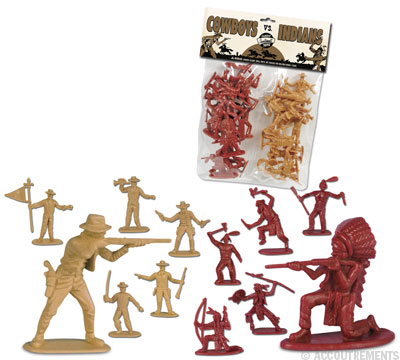
A chief and several half-naked "braves" with feathers. All are wielding weapons; some have tomahawks or spears rather than bows and arrows. The Indians are colored dark red because, well, they're
"redskins."Note the poses. The Indians are posed as if they're at war with the cowboys--because if they weren't friends and lovers, they must've been implacable enemies. Five of the Indians are brandishing their weapons at the cowboys, while only one cowboy is aiming at an Indian. Message: Indians are more
warlike than cowboys.

Plains chiefs with drums and tipis, and buckskinned maidens with feathers. Daisy Duck in particular looks like a fetching
sex object.
Note the implication--also seen in the second and third images--that anyone can become an Indian simply by donning a
Halloween-style costume. In reality, Mickey and company can become cowboys by donning a hat and holster because "cowboy" is an occupation. They can't become Indians the same way.
Pretending they can diminishes the central importance of Indian culture and history. Saying anyone can become an Indian also says that being an Indian is nothing special. It says it's okay for anyone to use and exploit Indian beliefs and practices.
ConclusionTo summarize, we have Plains chiefs, half-naked or buckskinned "braves" with weapons, and sexy maidens. Period. No Indians as farmers, traders, or builders...not to mention doctors, lawyers, or rocket scientists.
People believe these
stereotypical images represent reality because they see them over and over. They don't see anything else so they don't learn anything else. To most people, these are the only "real" Indians there are.
The only nonstereotypical Indian culture in these images comes from the "Northeast and Great Lakes" Disney stamp. Namely, the wigwam and collection of maple syrup. Alas, we rarely if ever see such things, so we don't associate them with Indians.


